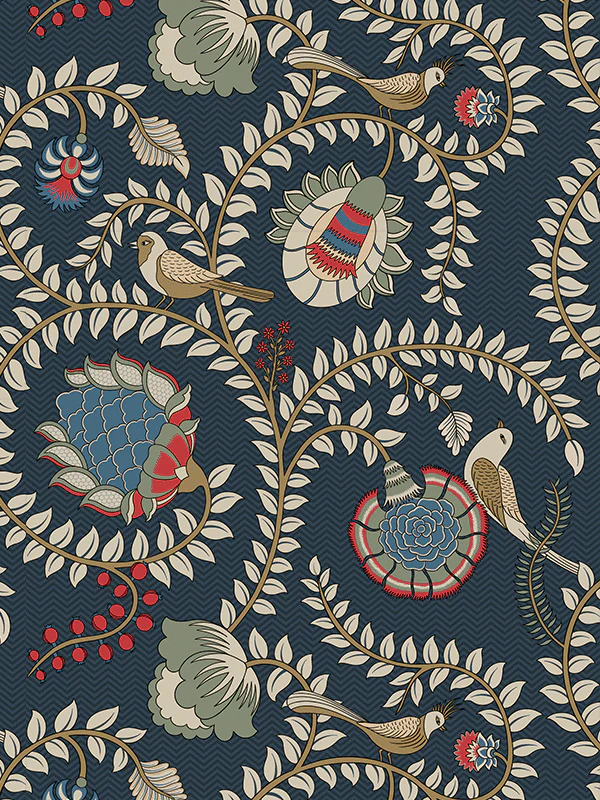
The origin of the Kani weavel is Kanihama, a tiny settlement located 20 kilometers from the city center. Kani shawls were originally exclusive to Kanihama. Craftspeople from neighboring communities eventually learned how to make Kani shawls. Kanihama is derived from the terms “Kani,” which means wooden sticks, and “Hama,” which means village. Little sticks of wood known as “Kanis” are used in the craft of Kani weaving. Colorful weft thread is twisted by craftspeople in the Kanis area to form enchanted designs on shawls. Kanis are constructed from “poos tul,” a kind of forest wood.
A kani weave is a remarkable work of art. A number of colorful bobbins are arranged as per the design requirement. Weaving starts with the help of talim. As soon as a different color is required in the design, two bobbins are joined together and the process is continued till the shawl is complete. It is woven by hand using a variety of eyeless wooden sticks known as Tujis or Kanis. The shawls are made with a complex weft weaving technique. Because of this, craft buyers consider items to be quite valuable. A work of art, the kani shawl is the product of the most accomplished and skilled Kashmiri artisans. These shawls undoubtedly incited a commotion and agitation in ancient Europe. In reality, the shawl has gained significance in a few well-known locations across the globe.







